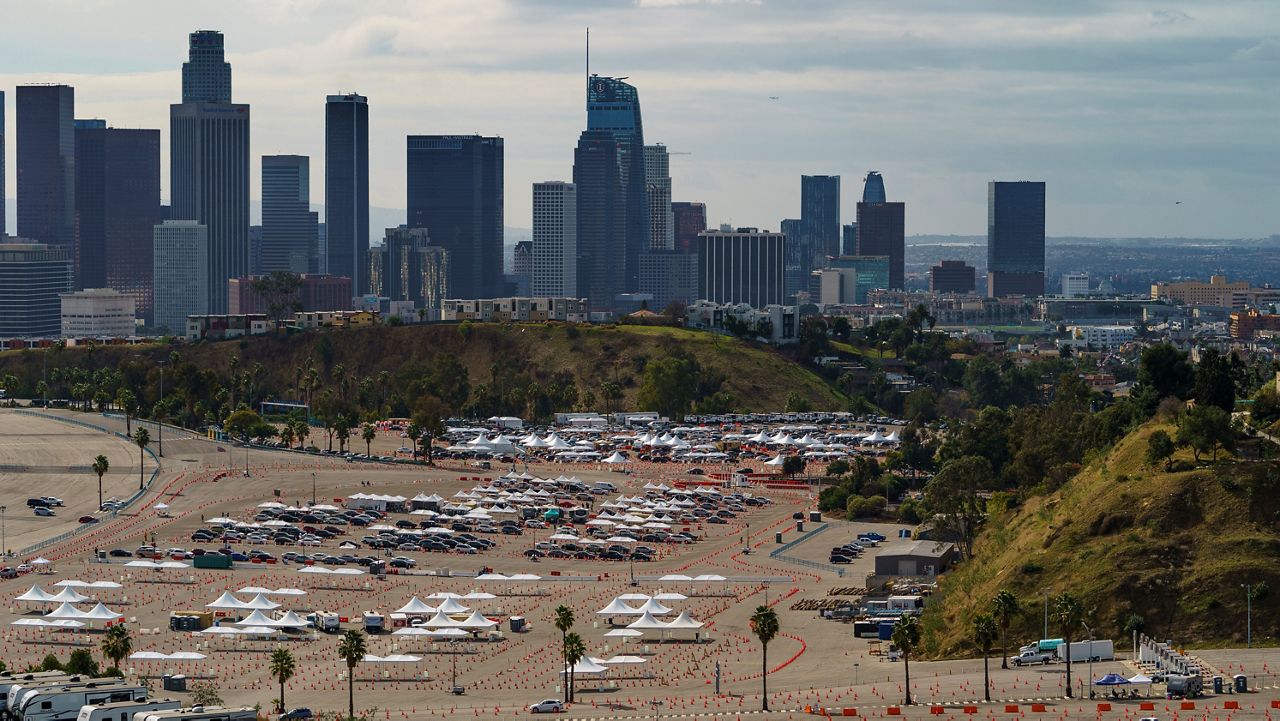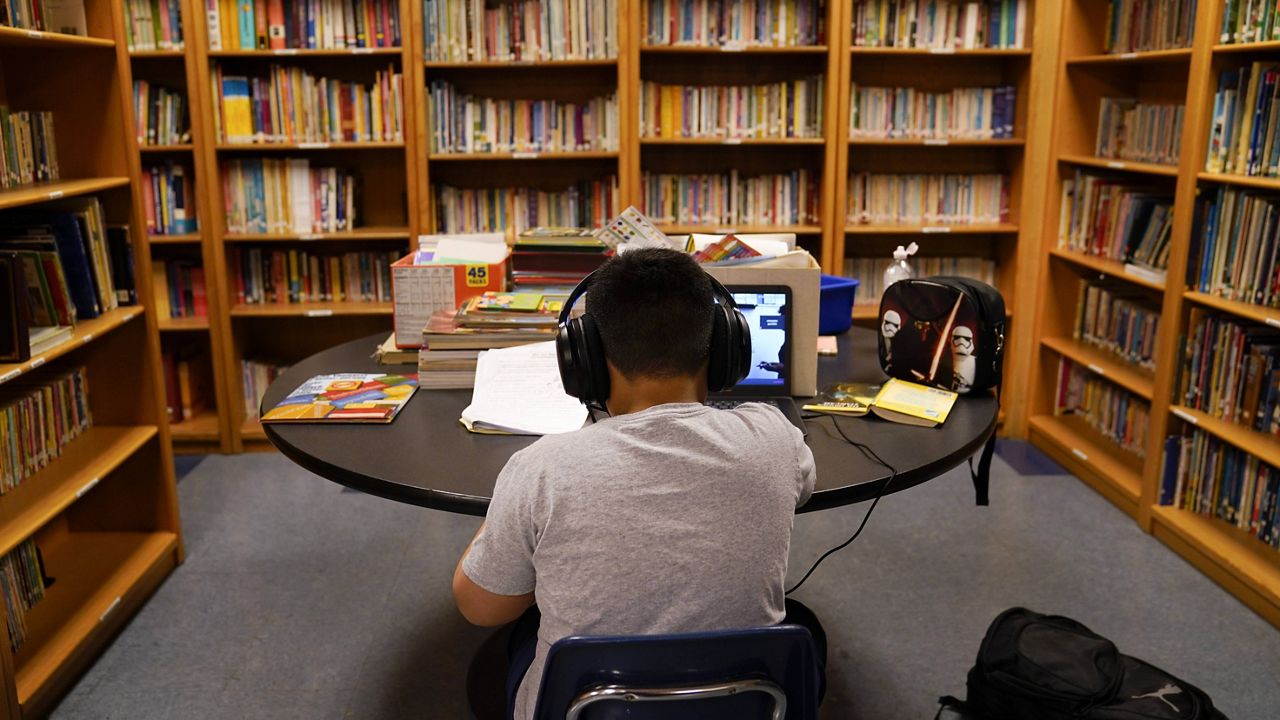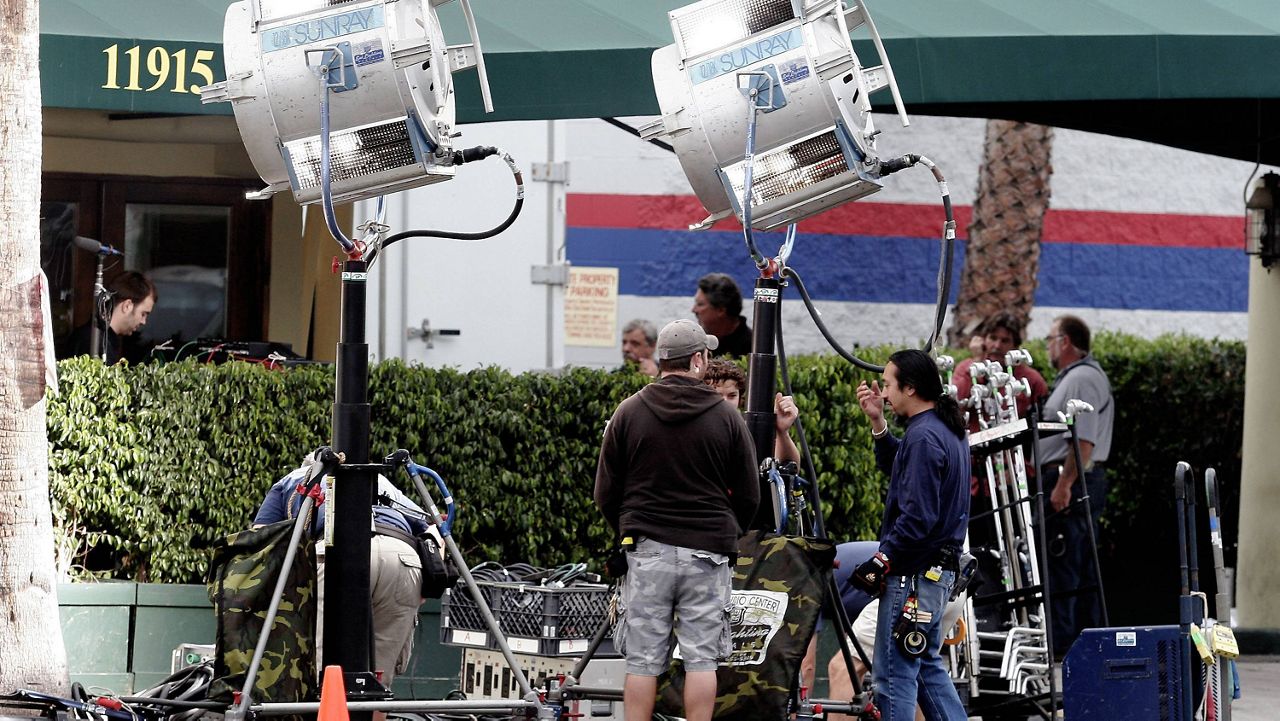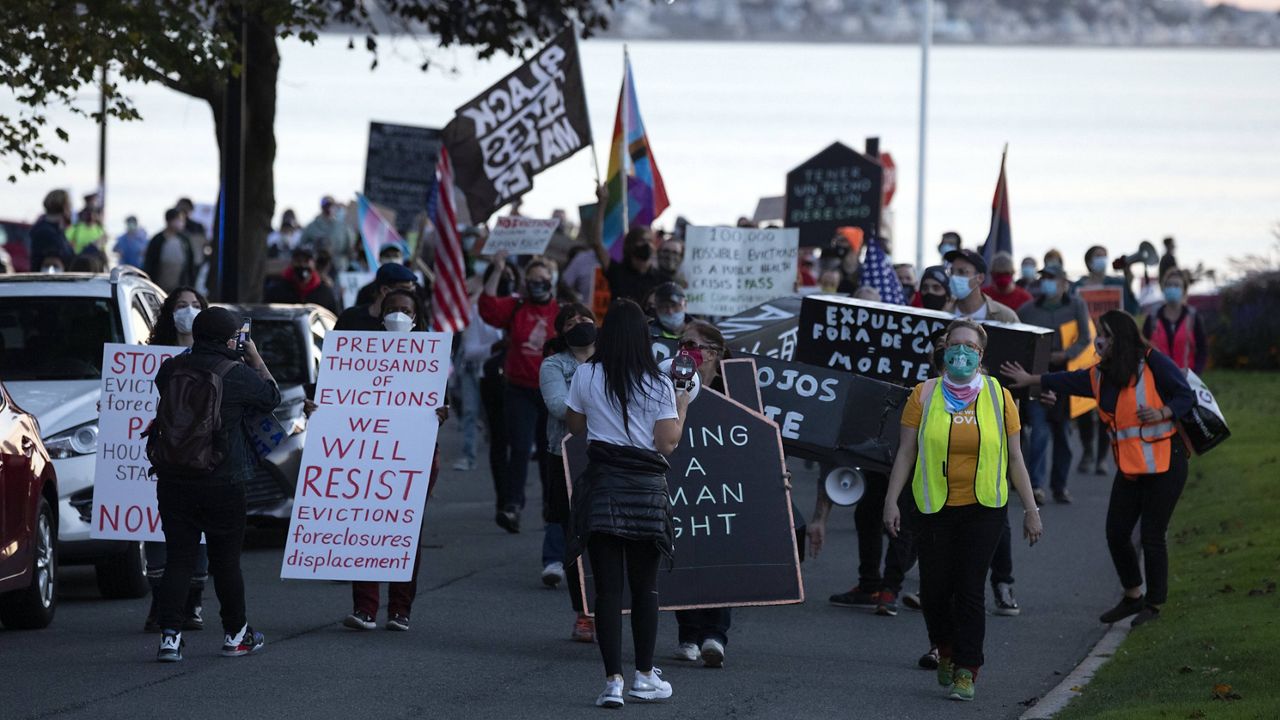This story is part of Spectrum News' special reporting on the coronavirus pandemic in Southern California. Join us at 9 p.m. on Thursday, March 11, for "A Year of COVID" on Spectrum News 1 or the Spectrum News app.
LOS ANGELES — COVID-19 cases are diminishing. More of us are getting vaccinated. Restaurants could soon return to indoor service. And toilet paper is back to its pre-pandemic status as a common grocery item that no longer needs to be hoarded. But as we approach the one-year anniversary of the World Health Organization declaring coronavirus a pandemic, Southern California's daily life is almost unrecognizable from what it once was. So let's look back to see how we even got here.
No one would have suspected that COVID-19 would turn our lives upside down as it did in early January 2020, when the World Health Organization issued a statement about a cluster of pneumonia cases in Wuhan, China. It seemed too far away, too remote to be a significant concern in a place as carefree as sunny Southern California.
At least it did until January 20, when the U.S. Centers for Disease Control began coronavirus screenings at three U.S. airports, including LAX. Those screenings turned out to be for a good cause. Less than a week later, California documented its first case of coronavirus in a person who had traveled to Wuhan and was hospitalized in Orange County.
COVID-19 was officially here.
As the virus quietly continued its deadly creep across the southland, sending more and more Californians to hospitals and, for too many of them, their graves, life seemed normal for most of us. We were preoccupied with other, more devastating news the same day as the CDC announcement: Kobe Bryant and his daughter were killed in a helicopter crash – an event that dominated local news for an entire month.
Considering what was to come, coronavirus cases were fairly low. As of March 4, 2020, 129 cases of COVID-19 had been confirmed in the U.S., 53 of them in California. Still, more than 9,400 Californians were being monitored for possible travel-based exposure to the virus, prompting Gov. Gavin Newsom to declare a state of emergency in anticipation that the pandemic would only worsen.
It did. Days later, 21 passengers on a Carnival cruise ship carrying more than 3,500 people off the coast of California tested positive for COVID-19.
California is often an outlier for the rest of the country. What starts here is frequently adopted elsewhere, which began to happen on March 8 when the 2020 BNP Paribas Open tennis tournament in Indian Wells became the first U.S. sporting event canceled due to COVID-19. Two days later, organizers of the Coachella music festival followed suit, rescheduling the event to October.
It was only a matter of days before mass gatherings of more than 250 people were banned throughout the state, as were social gatherings with more than 10 people. The restrictions prompted the closure of iconic gathering spots, including Disneyland and Joshua Tree National Park.
Life as Californians knew it was officially on pause. The Los Angeles Times and other news outlets reported that many stores were running out of toilet paper. Hand sanitizer was in short supply. Trying to find an N95 mask was impossible.
When Tom Hanks and his wife Rita Wilson told the world they had coronavirus in mid-March, it was especially resonant for a city centered around entertainment. Even celebrities weren't immune.COVID's effects were beginning to hit home, even for Hollywood types. When Tom Hanks and his wife Rita Wilson told the world they had coronavirus in mid-March, it was especially resonant for a city centered around entertainment. Even celebrities weren't immune.
Few things put as much of a dent in our freewheeling lifestyles as the L.A. County Public Health Order issued March 16. Movie theaters, gyms, arcades, bowling alleys, and bars that did not serve food were ordered to close. Restaurants were only allowed to serve meals through takeout, delivery, or drive-through. The Los Angeles Unified School District closed all of its campuses, prompting children to attend school virtually from home for the first time.
Just when it seemed life couldn't be any more restricted, three days later, Newsom issued a statewide stay-at-home order, barring residents from going out except to perform an essential job or shop for essentials. L.A. Mayor Eric Garcetti issued his "safer-at-home" order the next day, preventing Angelenos from participating in non-essential activities outside of their homes.
Yes, you could walk your dog or jog around the neighborhood. Yes, you could get groceries or grab takeout. But Netflix was your new best friend.
With everyone stuck at home, ridership on L.A. County Metro fell by half. Traffic through Los Angeles International Airport plummeted 95%. Bird and Lime scooters temporarily halted operations for everyone except essential workers. But there was a small silver lining in the city that's globally synonymous with traffic: the number of vehicles on the road fell by more than half, allowing Angelenos for the first time in years to get across town, spending more of their time pressing the accelerator than the brake pedal.

In April, L.A. became one of the first cities that required employees and customers of stores and essential businesses to wear face coverings; it also granted businesses the right to refuse service to customers who did not abide. A month later, Garcetti said all city residents needed to wear a mask whenever they left their homes.
Even when mandatory, masks are an issue of contention. Still, they were a critical component that allowed L.A. restaurants to begin offering outdoor dining last summer and partially reopening hair salons.
That was, unfortunately, short-lived. By July 1, California was experiencing the highest number of confirmed COVID-19 cases in the country – 200,000+ (a milestone L.A. County would hit all by itself one month later). The result was yet another round of business closures when the governor ordered restaurants, wineries, movie theaters, gyms, museums, and most other indoor businesses to close in several counties, including L.A., as a part of a color-coded tier of allowable business operations based on COVID-19 cases.
And that is where Southern California remains: in the most restrictive purple tier, almost a year into a pandemic that has indelibly changed the Southern California lifestyle, even if hope is on the horizon with an acceleration of vaccines.
It might seem like an April Fool's joke, but California is targeting April 1 to allow Major League Baseball to resume and for theme parks to reopen, albeit at 15% capacity. Restaurants are preparing for the day they can again serve customers indoors. And travelers are actually looking forward to going through LAX again. So life will get back to some semblance of normalcy.
Many economists are predicting a "roaring '20s" redux in the second half of the year as the United States approaches herd immunity. The UCLA Anderson School Forecast for California is that technology, residential construction, and logistics will lead the economic recovery and that post-pandemic, the state will grow faster than the U.S. as a whole.










